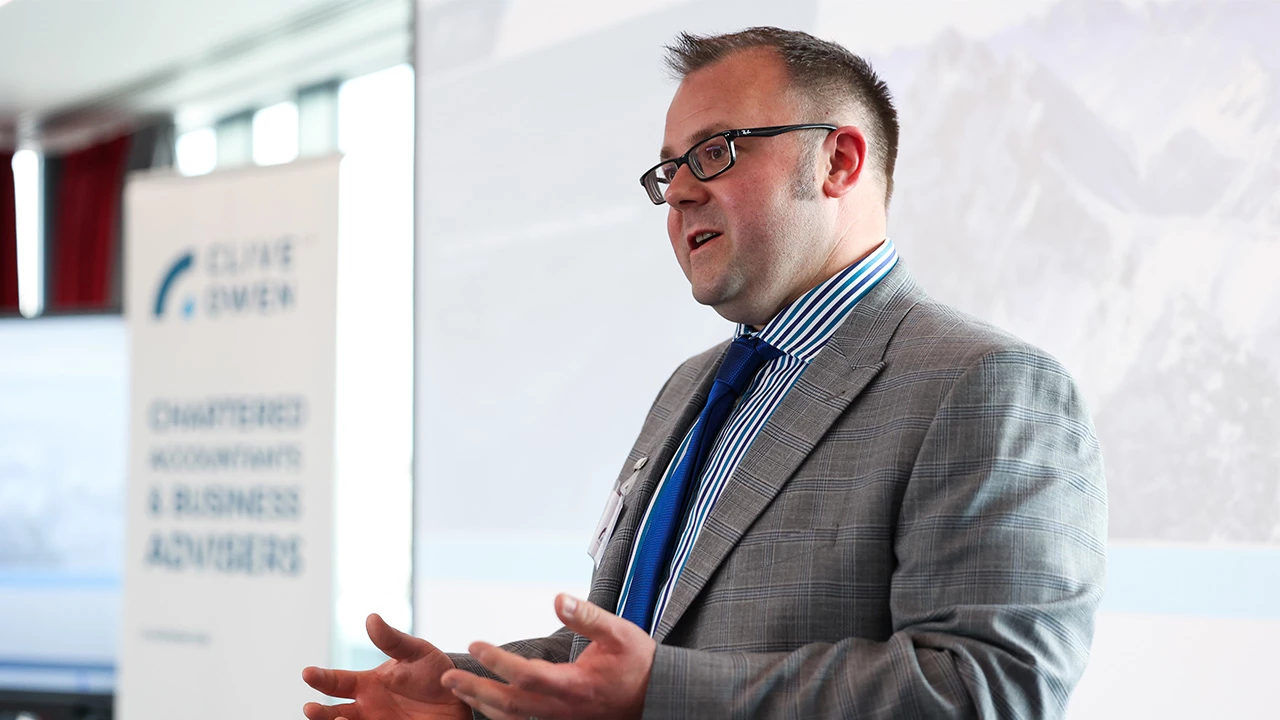
Partner Article
More people to face financial squeeze due to tax threshold freeze
More people will be pulled into higher tax brackets in the wake of tax allowances and thresholds being frozen, according to a Northern-based tax expert.
Lee Watson, of chartered accountants and business advisers Clive Owen LLP, also warns that any increase in tax liabilities, combined with spiralling inflation and cost of living price hikes, will put an even bigger squeeze on household finances.
Mr Watson, a tax partner at Clive Owen LLP, which has offices in Darlington, Durham, Middlesbrough and York, explains how income tax begins to stack up:
For someone earning less than £100,000, the higher rate tax threshold begins to kick in at income more than £50,270.
The first £12,570 of income is tax-free, due to the personal allowance and the next band of income of £37,700 is subject to the basic rate tax – 20 percent on earned income such as PAYE earnings, self-employed earnings, rental income, but 8.75 percent on dividend income - save for a £2,000 dividend allowance.
After that, between £50,270 and £100,000, earned / rental income is subject to 40 percent tax and dividend income to 33.75 percent tax. Higher effective tax rates apply above £100,000 in income, due to the reduction of the personal allowance entitlement.
Mr Watson highlights that a common misconception is that once a person becomes a higher rate taxpayer, they pay 40 percent on all their income. However, this is not the case, it is the excess above £50,270 that is subjected to the higher rate tax.
Mr Watson advises that there are ways to save on tax, which is becoming more important with people being hit in the pocket by the current cost of living crisis.
“I often find that a lot of new clients are missing out on tax reliefs for job-related expenses, such as professional subscriptions, uniforms/books/clothing bought to specifically do their jobs and mileage allowances - where the employer is paying less than the HMRC authorised rates.
“In addition, people could ask their employer if they could provide a flexible benefits package – employer paid pensions, mobile phones and car parking are some of the available tax-free benefits.
“In some cases, higher rate taxpayers can be missing out on higher rate pension tax relief - especially as a result of auto enrolment - and additional relief on charitable donations. It should not automatically be presumed that higher rate relief will be given by HMRC via a PAYE code.”
Mr Watson added: “Additional personal payments to pensions are a great way to reduce tax and build a pot for retirement. However, this usually means outlay so balance is needed between saving tax and personal cashflow.”
He highlights that there also are other tax efficient investments such as the Enterprise Investment Scheme (EIS) or Seed Enterprise Investment Scheme (SEIS), but again he cautions that these involve capital outlay and carry risks.
Employees may have other income streams, such as rental revenue and can reduce their tax liability by looking at unused spouse’s allowances or setting up a limited company.
Mr Watson added: “Ultimately everyone’s circumstances are unique and financial advice should be sought about becoming more tax efficient, especially in today’s challenging economic climate. “
This was posted in Bdaily's Members' News section by News Gathering .
Enjoy the read? Get Bdaily delivered.
Sign up to receive our daily bulletin, sent to your inbox, for free.




 test article 123456789
test article 123456789
 hmcmh89cg45mh98-cg45hm89-
hmcmh89cg45mh98-cg45hm89-
 test456456456456456456
test456456456456456456
 test123123123123123123
test123123123123123123
 test xxxdiosphfjpodskhfiuodsh
test xxxdiosphfjpodskhfiuodsh
 Savour the flavour: North Tyneside Restaurant Week returns for 2024
Savour the flavour: North Tyneside Restaurant Week returns for 2024
 Six steps to finding the right buyer for your business
Six steps to finding the right buyer for your business
 Stephen signs off on a special night
Stephen signs off on a special night
 Life’s a Peachaus: Gillian Ridley Whittle
Life’s a Peachaus: Gillian Ridley Whittle
 Making a splash: Phil Groom
Making a splash: Phil Groom
 Making workplace wellbeing a priority
Making workplace wellbeing a priority
 A record of delivery, a promise of more: Ben Houchen
A record of delivery, a promise of more: Ben Houchen